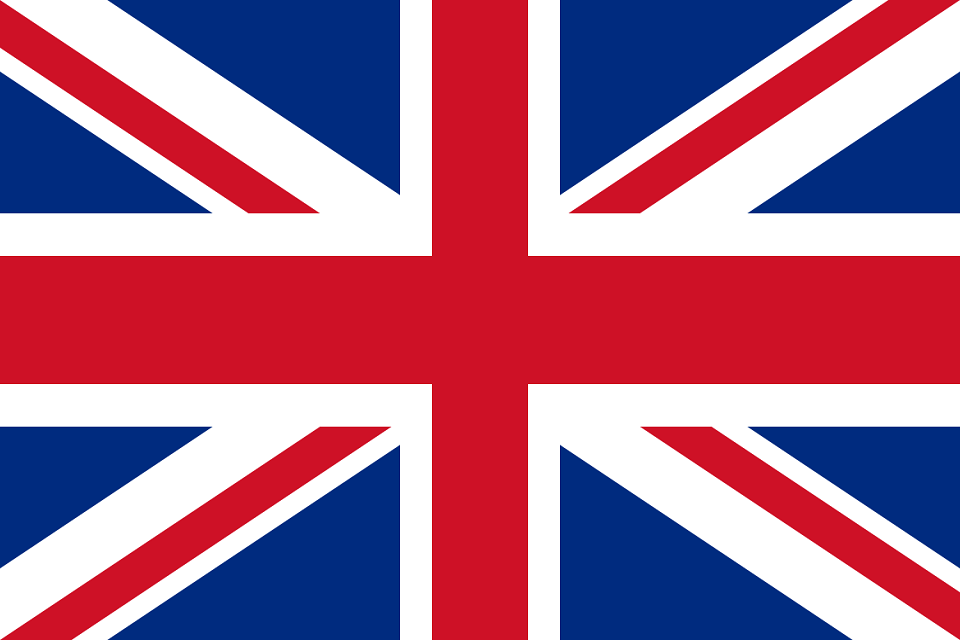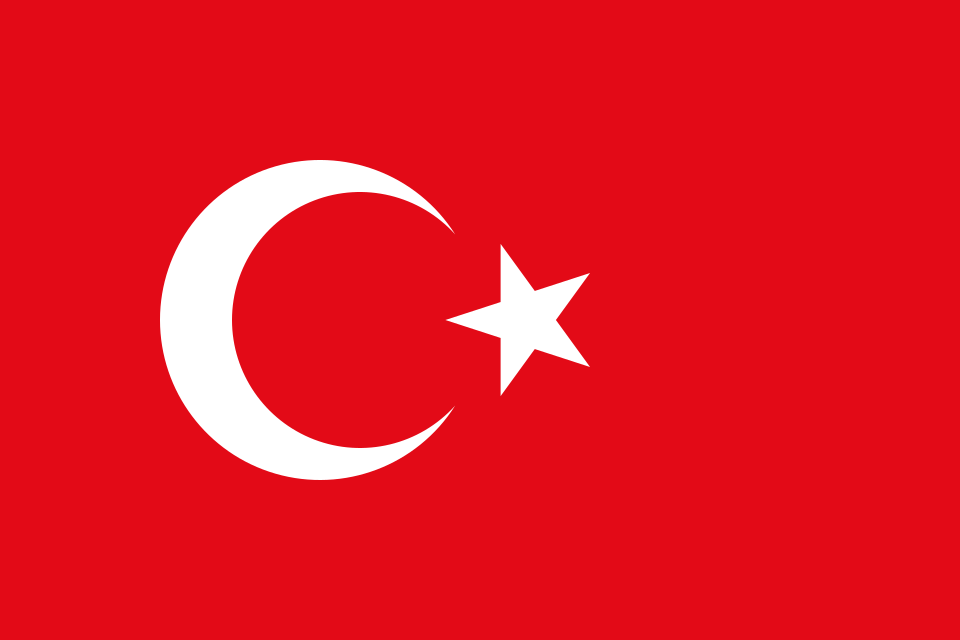Treatment for scoliosis in children varies depending on the degree of scoliosis, the child's age, and growth potential. Treatment methods are generally divided into three main categories: observation, brace use, and surgical intervention.
Each treatment method is determined based on the type of scoliosis, the child's overall health, and other individual factors. Therefore, it is important to consult a specialist for scoliosis treatment.
What is Scoliosis?
Scoliosis is a condition defined as an abnormal curvature of the spine to the side. Normally, the spine is straight from the neck to the tailbone. However, in scoliosis, the spine curves to the side in an S or C shape. Although scoliosis can occur at any age, it is usually noticed during childhood or adolescence. While the exact causes of scoliosis are unknown, various factors such as genetic factors, congenital anomalies, neuromuscular diseases, and injuries may play a role.
Causes of Scoliosis in Children
The causes of scoliosis in children are not fully understood, but certain factors may play a role in its development. The main causes and types of scoliosis in children are as follows:
- Idiopathic Scoliosis
- Congenital Scoliosis
- Neuromuscular Scoliosis
- Syndromic Scoliosis
- Traumatic Scoliosis

Symptoms of Scoliosis in Children
Symptoms of scoliosis in children may vary depending on the degree of curvature of the spine and the child's stage of growth. In mild cases of scoliosis, there may be no obvious symptoms, and scoliosis may only be detected during routine checkups. However, in more advanced cases of scoliosis, the following symptoms may be observed:
- Shoulder Asymmetry
- Hip asymmetry
- Trunk curvature
- Noticeable spinal curvature
- Imbalance
- Clothing fit issues
- Back and waist pain
- Protrusion of the ribs on one side
Scoliosis Grades
Scoliosis grades are classified based on the angle of the spinal curvature and are typically determined using a measurement known as the Cobb angle. The Cobb angle is used to assess the severity of scoliosis and determine the treatment plan. Scoliosis grades are classified as follows:
- Mild Scoliosis: Curvature angle: 10-20 degrees.
- Moderate Scoliosis: Curvature angle: 20-40 degrees
- Severe Scoliosis: Curvature angle: 40-60 degrees
- Very Severe Scoliosis: Curvature angle: 60 degrees and above
Scoliosis Treatment
Scoliosis treatment varies depending on the degree of spinal curvature, the child's age, growth potential, and overall health. Treatment options are generally divided into four main categories: observation, brace use, physical therapy, and surgical intervention. Here are detailed information about scoliosis treatment:
- Observation:
- In mild cases of scoliosis (curvature between 10 and 20 degrees), regular monitoring and observation are performed without the need for treatment.
- Doctors usually perform check-ups every 4-6 months to monitor whether the curvature in the child's spine is progressing.
- These check-ups continue throughout the growth process.
- Brace Use:
- In moderate cases of scoliosis (curvature between 20-40 degrees), brace treatment is recommended.
- The brace is used to stop or slow down the progression of the curvature in the spine.
- The brace is typically worn for 16-23 hours a day and can be used until the child completes their growth process.
- There are various types of braces, such as the Boston brace, Milwaukee brace, and Charleston night brace. The type of brace to be used is determined by the doctor.
- Physical Therapy and Rehabilitation:
- Physical therapy can be a supportive part of scoliosis treatment.
- Special exercise programs are implemented to strengthen muscles, increase flexibility, and correct posture.
- Physical therapy can be used in conjunction with brace use or as rehabilitation following surgical intervention.
- Surgical Intervention:
- Surgical intervention may be necessary in severe cases of scoliosis (curvature of 40 degrees or more) or in cases of rapidly progressing scoliosis.
- The goal of surgical treatment is to correct and stabilize the curvature of the spine.
- One of the most common surgical methods is spinal fusion surgery. In this method, the vertebrae are fused using metal rods, screws, and hooks.
- The recovery process after surgical treatment may take several months and may require rehabilitation.
- Long-Term Follow-Up and Checkups:
- Long-term follow-up is important to evaluate the effectiveness of scoliosis treatment and prevent possible progression.
- Regular checkups may continue even after the growth process is complete.
Does a Scoliosis Brace Work?
A scoliosis brace is a treatment method used to stop or slow the progression of scoliosis and is generally effective in moderate cases of scoliosis. Brace use is particularly beneficial in preventing the progression of scoliosis during growth periods in children and adolescents. The effectiveness of a scoliosis brace depends on the degree of scoliosis, the child's age and growth potential, and how long and how the brace is used. So, at what age is a scoliosis brace worn? A scoliosis brace is typically used in children and adolescents to stop or slow the progression of scoliosis. The age at which brace treatment begins depends on the child's growth phase and the degree of spinal curvature. Brace treatment is typically used during adolescence, when children are experiencing rapid growth. A scoliosis brace is more effective in children with growth potential, meaning those whose growth plates have not yet closed.
How Long Does Scoliosis Treatment Last?
The duration of scoliosis treatment varies depending on the degree of spinal curvature, the child's age, growth potential, and the chosen treatment method. The treatment duration may vary for each individual.





